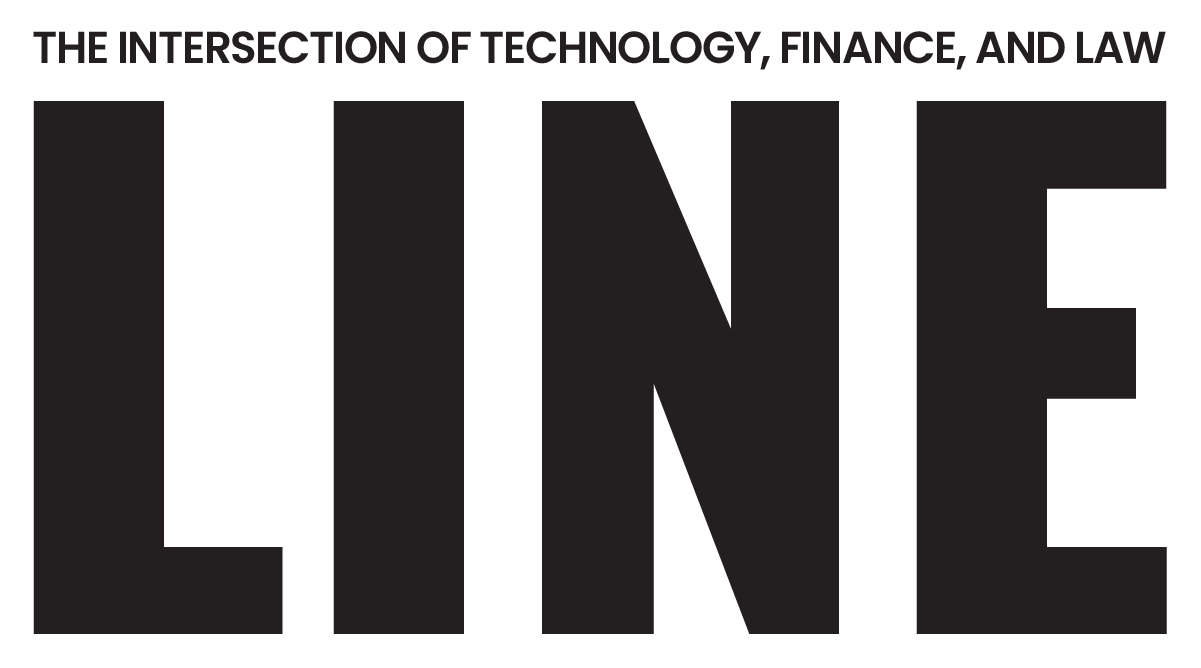What is CM Squared?
My partner Carlo Mattoni and I founded CM Squared in 2016 after we worked together at a large, multistrategy hedge fund. As they say, timing is everything. It was shortly after Trump had been elected and — as market participants will recall — if it wasn’t nailed down, it was flying off the shelf. The markets were rallying strongly, and valuations were lofty.
We were dead set on not taking investor capital just for the sake of starting a fund. We wanted to have deep conviction that we could make money for our investors. So, we decided to go down the independent sponsor road, only taking in capital when we could invest with conviction. We also put our own capital in every investment. Our model has evolved but that is how we got started.
Carlo and I both had some experience with litigation funding. We stumbled upon a few opportunities to monetize claims. The returns were uncorrelated to these very high-flying markets. Litigation funding was also attractive to us because of the opportunity to build sweat equity, which is conducive to the independent sponsor model. We can roll up our sleeves, be smart and creative and negotiate transactions that can create even more alpha. If you structure the deal in a better way, you can conceivably get a better outcome. We really liked that aspect of it. Litigation funding is not the entirety of what we do at CM Squared, but it is a good chunk of the returns we have realized since inception. We keep on coming back to it.
What made you believe in this space? What was the value that you saw?
Markets, investors, bankers — we get ourselves into trouble when we forget that we work in financial services. We’re supposed to be providing a service. The 2008 financial crisis is a great example of how financial engineering — mortgage-backed securities, credit default swaps, and collateralized debt obligations — moved us away from the basic concept that mortgages were meant to allow people to buy homes that they could live and prosper in. Instead, when the market collapsed, homeowners suffered.
So, one of the things I really like about litigation funding is that investors have this supply of capital that needs to be put to productive use. And here are plaintiffs and their attorneys who use that capital in a terrific way, which is for the pursuit of their meritorious legal or arbitration claims. They can use our capital to right wrongs. There’s something really nice about how the supply and demand in this instance lines up. I hope that the industry never loses sight of that.
This issue is about the economy. What’s your outlook?
I am not sanguine on the economy. In recent weeks, many market analysts — and I used to be one of them — have reduced their probability estimates for the risk of recession. Companies are in the market to raise debt or equity capital and some large M&A deals have consummated. That tells you that companies have an optimistic outlook. They believe they can put new capital to productive use. It’s a healthy sign when companies are willing to borrow at these higher rates.
But I have concerns about what’s going to happen medium-term. I am concerned about banks with large commercial real estate loan portfolios. It’s easy to forget that we had three decent-sized banks fail this year. After COVID and the prevalence of work-from-home, obviously, what are the true prospects for office space and the retail space that is dependent on folks being back at offices? What does it mean for prospective homeowners when mortgage rates are significantly higher and housing prices haven’t moved significantly lower? Homeownership has been an important source of wealth creation and therefore of consumer spending. What will happen to consumer spending now that student loan payments have resumed? Globally, we’ve got to be concerned about sovereign indebtedness. Every time there’s a natural disaster, I think about the implications for the deficit and for the federal debt. Also, China.
I guess the succinct way to put it is: I’m not sure we’re out of the woods yet.
“Markets, investors, bankers — we get ourselves into trouble when we forget that we work in financial services. We’re supposed to be providing a service.”
How does all of that affect the litigation finance space?
People in litigation funding love to make the argument that, “Hey, if you have all these concerns about the economic outlook, or you think the markets have become too complacent to these larger systemic risks, you should love litigation funding, because here’s these great assets with returns that are uncorrelated to the market.”
On the other hand, if you are concerned about a downward repricing in the market from the rally we’ve had this year, you may want to keep some dry powder, because there may be more attractive things to do with that capital in the near future than litigation funding.
For investors in litigation funding, if you share my view that there is an above-average degree of uncertainty in the economy and the market, it becomes important to get paid for duration and illiquidity. Litigation funding cases can take an awfully long time. No one knows what’s going to happen two, three years from now, but in litigation funding, you can be tying up capital for as many as three, four years.
Who knows? Maybe in a year, markets are imploding and there are all sorts of attractive assets available at cheap prices. Then you might regret having tied up your capital in litigation funding, particularly if you didn’t get paid for taking the duration risk. We have to be mindful that the folks that allocate capital to litigation funding have other choices. It might make sense at some point to be more correlated with the overall market. It is not predetermined that a lack of correlation to markets is a positive.
You’re interested in complex and distressed assets. What areas do you see being complex or in distress?
There’s not as much distress as I would have expected given the speed and size of the rate hikes over the past 18 months. We are seeing some interesting assets for sale from stressed or distressed asset managers. I’m talking about secondary transactions out of funds. Only some of them are litigation- or dispute-oriented. We also get calls from bankruptcy trustees because we have a reputation for being willing to look at esoteric assets that are off the beaten path or don’t fall neatly into an easily analyzable category.
What makes you good at what you do?
When it comes to litigation funding, we are laser-focused on thinking through all the risks and, just as importantly, about the pricing of those risks at the outset. I know that sounds obvious. However, it’s too easy to get caught up in analyzing if a case is meritorious. That is just one of many risks in funding a case.
Because Carlo and I have deep experience investing in credit markets, we think a lot about the risk of collecting a judgment from a defendant. With my background in insurance underwriting, I think a lot about how to optimally structure investments so we are taking the risks we want to take and mitigating all the other risks. The reality is that there is a fair amount of information asymmetry in litigation funding, just like in insurance. It’s hard for investors to know more about a case than the plaintiff and their lawyers. Therefore, the contract has to be structured to align incentives at the outset.
At the end of the day, as investors, we are supposed to be taking risk. If we are doing a good job, we are getting paid well relative to the level of risks we are taking. Sometimes we’re willing to take risks others won’t if we believe that we are getting attractively rewarded for it and if it’s additive to our overall portfolio construction.





